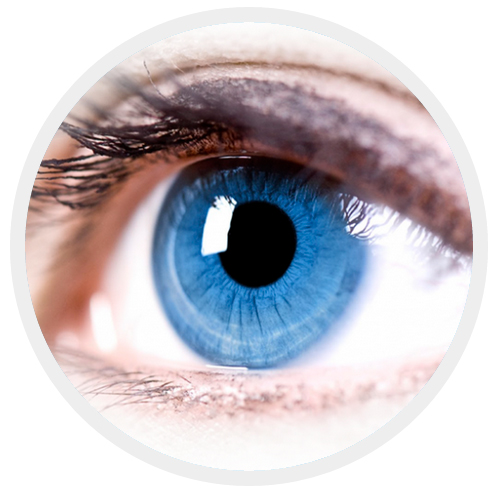
Cataracts Surgery
Inside the eye, behind the iris and pupil is a lens. In a normal eye, this lens is clear. It helps focus light rays on to the back of the eye. When a cataract develops, the lens becomes cloudy and prevents the light rays from passing on to the retina. The picture that the retina receives becomes dull and fuzzy.
Cataract usually forms slowly and most people experience a gradual blurring of vision.
Most cataracts develop later in life as part of the normal aging process. Aging causes the natural lens to harden and become cloudy. Sometimes cataracts develop for other reasons, trauma, surgery, diabetes and steroid medication.
Symptoms of cataract
- Blurred vision
- Glare and haloes
- Loss of colour vision
- Double vision
- Change in spectacle prescription
Treatment of cataract
A cataract can only be treated surgically. The cloudy lens is removed surgically and an intraocular lens (IOL) inserted into the eye to replace the natural lens.
You should consider cataract surgery when your surgery interferes with daily life. Everyone is different so you should think about how your cataract affects you. If driving is important, maybe the time to consider surgery is when night driving is getting difficult.
Types of intraocular lenses
A monofocal lens is chosen to give clear vision at a single distance. Most commonly this is clear vision in the far distance. You would then need to wear reading glasses for close work. Occasionally people like to have clear distance for close vision (for example if you have always been short sighted) and then wear distance spectacles.
This is a great way of being free of spectacles for much of the time after cataract surgery. One eye is in focus for distance and one eye is in focus for near. It works very well especially if you have already tried this with contact lenses in the past.
These are lenses which focus for distance, middle and near vision. They are the newest type of lens and the technology has come along way since we first started using them. They can significantly reduce the need for glasses. These lenses may have side effects like mild glare and halo but people will often choose them for the benefit of being without glasses much of the time.
These lenses are used to treat astigmatism and to reduce the need for glasses after your operation.
